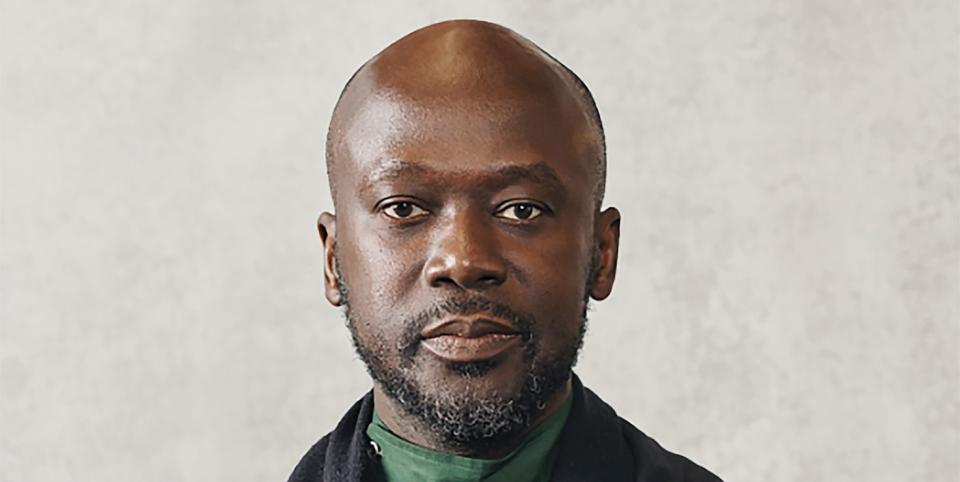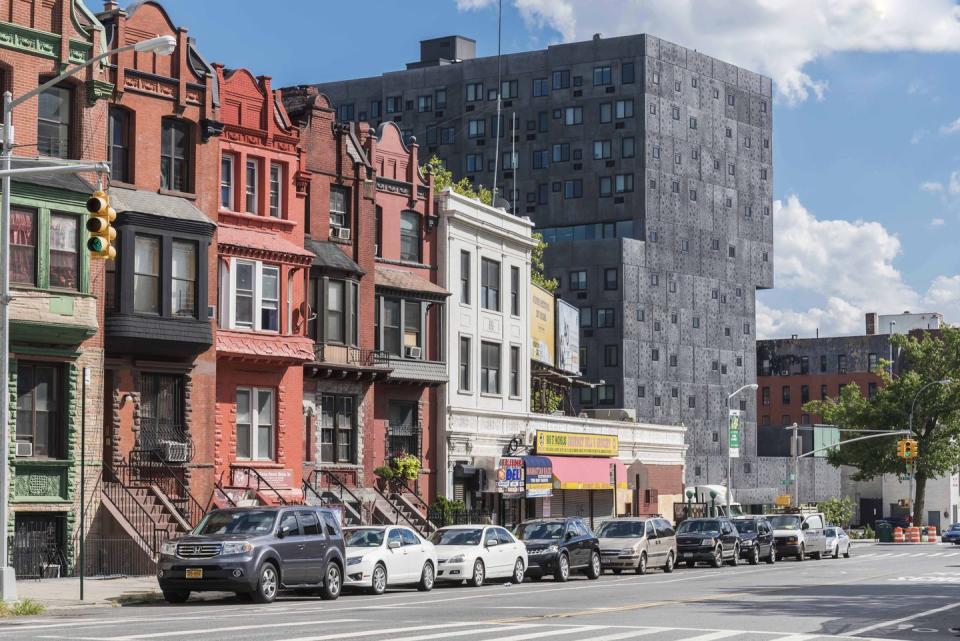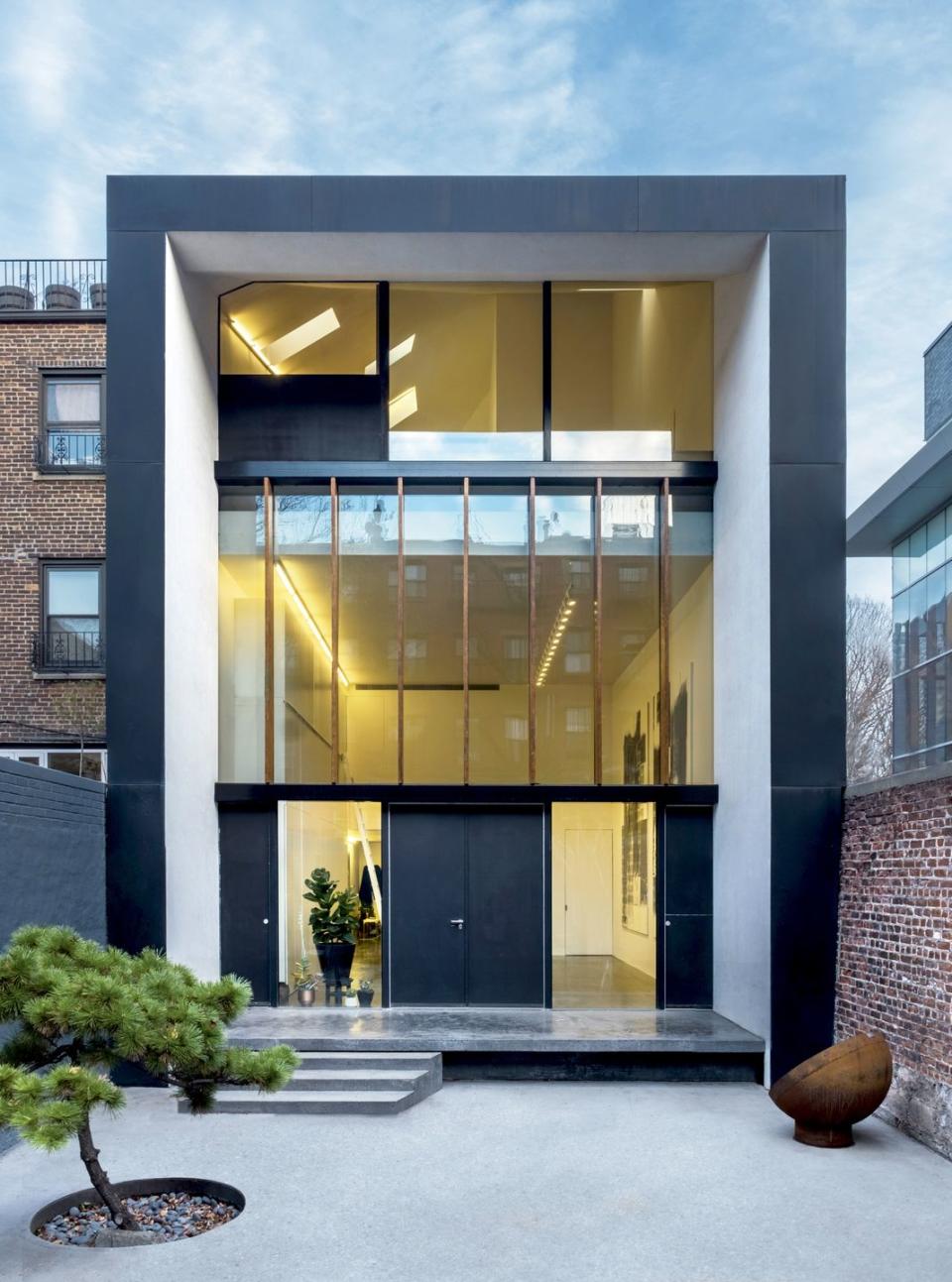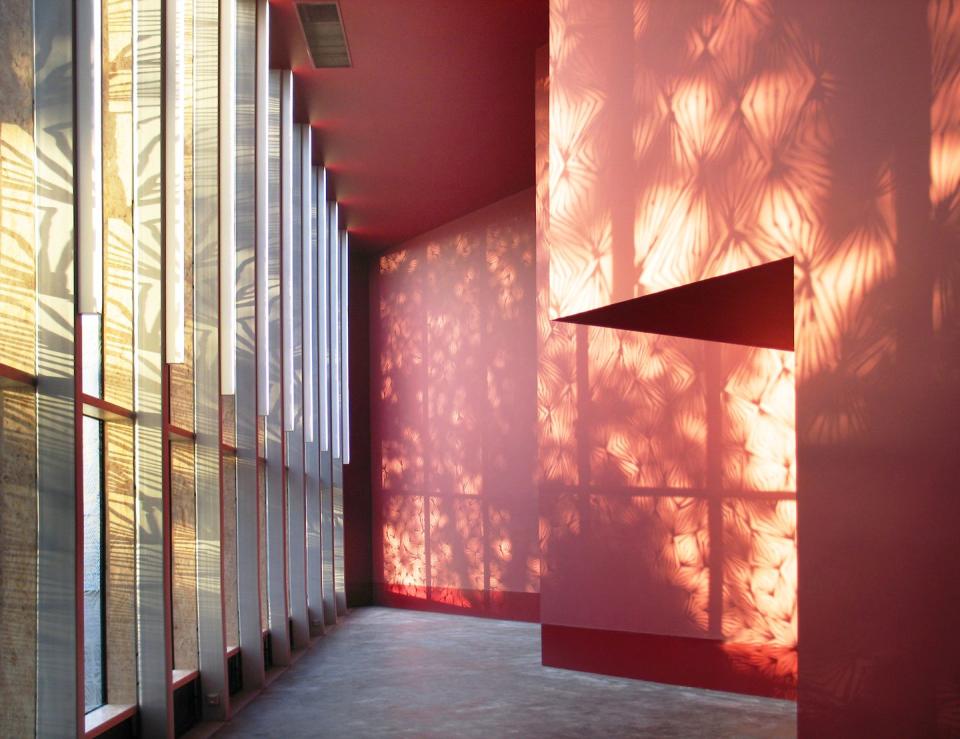David Adjaye talks about the projects that made him this year's RIBA Gold Medal winner…

When did you first become aware of architecture, and when did you decide it was something you wanted to pursue?
A seminal moment in my youth was when my brother Emmanuel became paralysed. Life changed completely and I became very aware of what it meant to be a disabled body, negotiating space in a wheelchair. I noticed how Emmanuel’s school for the disabled was inefficient and degrading, which proposed a challenge to me for design.
Whilst doing my BA at London South Bank University, I designed a facility that could accommodate better care for the disabled and provide greater dignity for those who have to navigate the built environment differently. Architecture can at times normalise movement throughout space but this normalisation cannot be singular. Instead, it should allow for difference and dynamism reflected in societies, cultures and cities.
How can architects bring value to housing design?
I believe that architects should always consider a sense of dignity when it comes to housing design as well as to contemplate what it really means to live in a space. When you ask this question, you recognise that design doesn’t just tackle the archetype of the ‘house’ but the archetype of the ‘home’. My mixed-use affordable housing project in Harlem — Sugar Hill— provides dignified living and defies the standards and misconceptions often associated with ‘affordable housing’.

The project became what I call an ‘urban system’, a building that wasn’t just about housing but brought together elements of education, generational interchange, commerce and culture. A house is its physical structure but a home exists way beyond its materiality.
Which architects or designers have had the biggest influence on you and your work?
I’m inspired by a number of artists and architects. Egyptian architect Hassan Fathy, for example, is someone I greatly admire as he pioneered architecture that responds very directly to climate, local materials and place. And the same can be said for Italian-Brazilian architect Lina Bo Bardi and Indian architect B.V. Doshi, to name a few.

Can you talk us through the design approach you use…
My work is less about a particular style and more defined by its process. That process tends to be collaborative, seeks to engage with other disciplines as well as a social agenda and is research based. When I design, I think about how people relate to each other and what that means in the society that we live in. That informs how the building is made. Ideas about access and personal freedoms are embedded in my work.
Do you have a particular aesthetic?
The notion that you can hold on to a core, fundamental, design aesthetic, which runs through all your projects, is an anathema to me. Every context is different, and every context has a new scenario. You can find differences and specificities within context, which can drive things very powerfully. This is what I do. I seek to find the soft nuances that people disregard. I don’t seek the universal. I seek the specific. And I find that that always defines my projects. It roots them to their context within the city at that time, or the group of people that might be bringing up that project at that time.
I find that even if I may want to, it’s almost impossible to make the same project again and again and again. Each time it mutates, to suit the context that it’s in. That’s the trick, if there is one.

If you hadn’t become an architect, what else would you have liked to do?
I toyed with the idea of becoming a scientist – but my brother did that (very successfully) so I was happy to do something different.
The first of a series of monographs on the award-winning architect’s work ‘David Adjaye – Works 1995-2007: Houses, Pavilions, Installations, Buildings’ is on sale now (Thames & Hudson, £60)
This article first appeared in ELLE Decoration November 2020
Like this article? Sign up to our newsletter to get more articles like this delivered straight to your inbox.
Keep your spirits up and subscribe to ELLE Decoration here, so our magazine is delivered direct to your door.

 Yahoo Finance
Yahoo Finance 